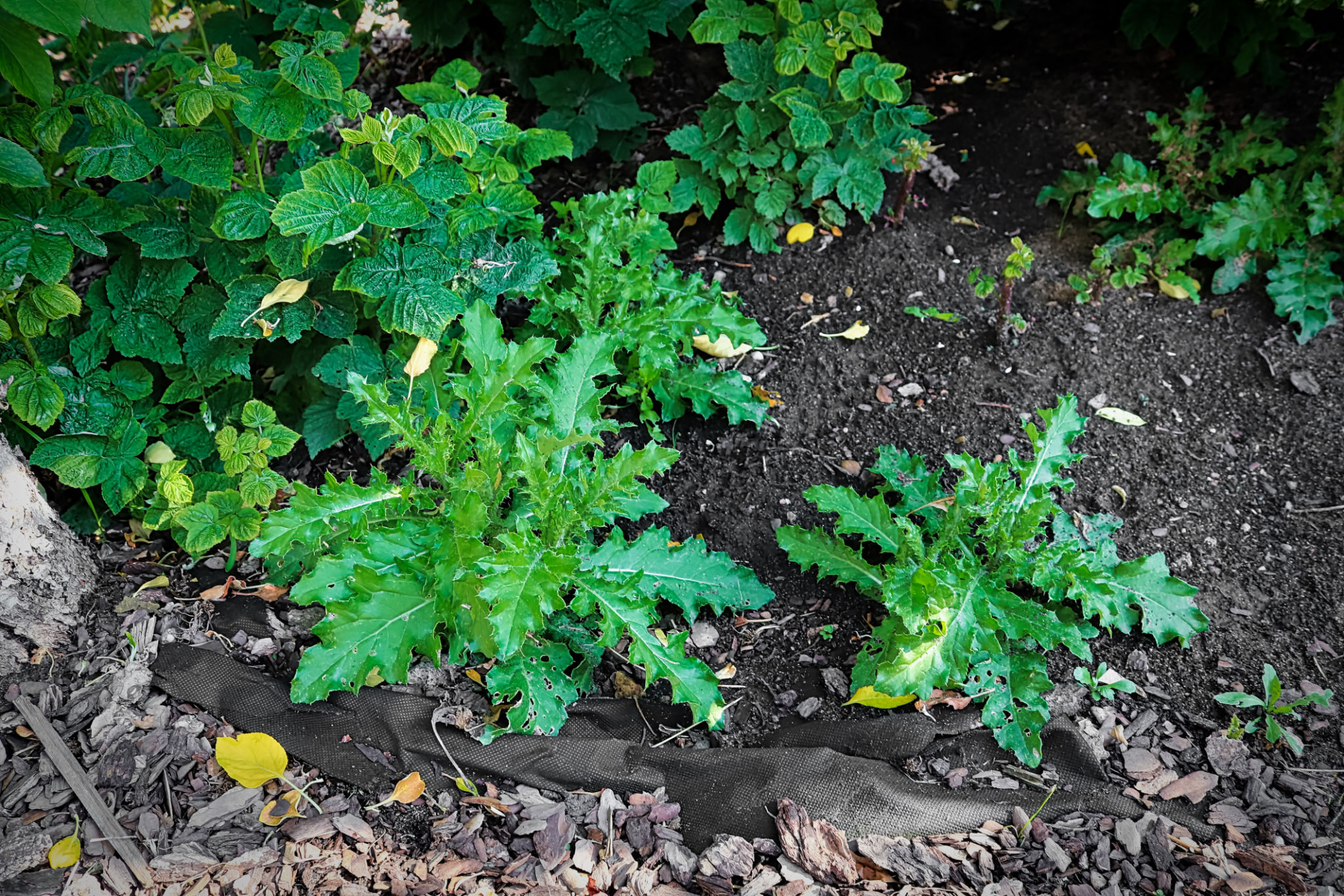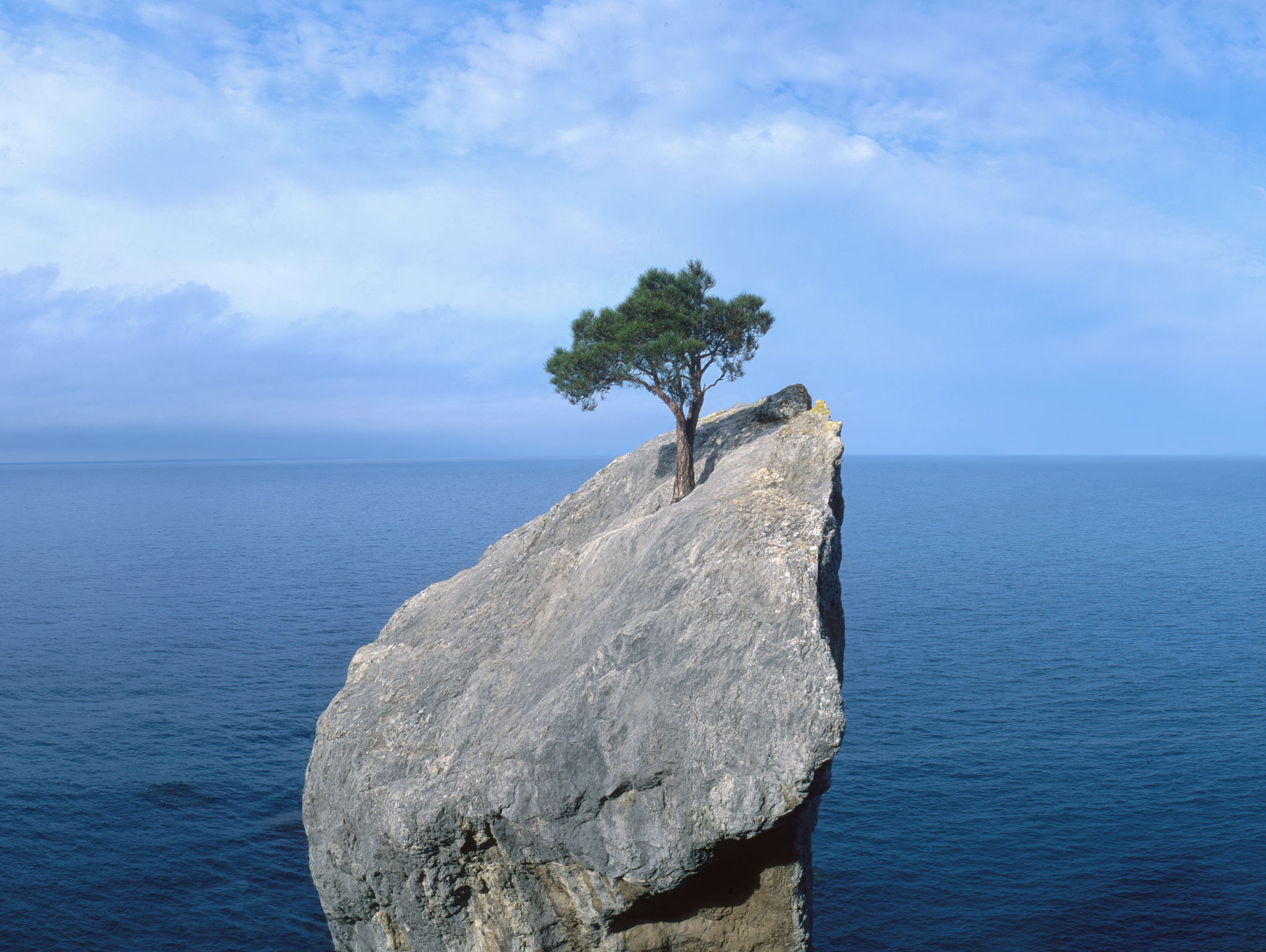Exploring Emerging Threats to Biodiversity: What You Need to Know
Understanding Biodiversity and Its Importance
Biodiversity refers to the variety of life on Earth, encompassing the different species of plants, animals, fungi, and microorganisms, the genetic differences within these species, and the ecosystems they form. It is crucial for maintaining ecosystem health and resilience, providing essential services such as pollination, nutrient cycling, and climate regulation. Our well-being is intricately linked to biodiversity, making it vital to understand and protect it.

The Role of Human Activity
Human activities are a primary driver of biodiversity loss. Urbanization, deforestation, and agriculture expansion lead to habitat destruction, which directly impacts the survival of many species. Overexploitation of natural resources through hunting, fishing, and logging further compounds this issue. As human populations grow and demand for resources increases, these threats become more pronounced.
Climate change is another significant factor exacerbated by human activity. Changes in temperature and weather patterns disrupt habitats, alter species distributions, and lead to more frequent extreme weather events. This not only affects individual species but also the intricate balance of entire ecosystems
Invasive Species: A Silent Threat
Invasive species are organisms introduced to new environments where they do not naturally occur. They can outcompete native species for resources, leading to population declines or even extinctions. This can result in significant changes to the ecosystem's structure and function. Often transported unintentionally through global trade and travel, invasive species pose a growing threat to biodiversity worldwide.

Pollution and Its Impact
Pollution is another critical threat to biodiversity. Chemical pollutants, such as pesticides and industrial waste, can poison animals and plants, disrupting ecosystems. Plastic pollution, particularly in oceans, poses a severe risk to marine life through ingestion and entanglement. Air pollution can also affect wildlife health and habitat quality, with far-reaching consequences for biodiversity.
Light and noise pollution disrupt natural behaviors such as migration, reproduction, and feeding in various species. These subtle yet pervasive forms of pollution alter the natural environment in ways that can be detrimental to biodiversity.
Conservation Efforts: What Can Be Done?
Addressing these emerging threats requires coordinated global efforts. Conservation strategies include establishing protected areas, restoring damaged ecosystems, and implementing sustainable resource management practices. Raising awareness about the importance of biodiversity and promoting policies that support sustainable development are also crucial steps.

Individuals can contribute by supporting conservation organizations, reducing waste, and making environmentally conscious choices in their daily lives. Engaging in citizen science projects can also help monitor biodiversity and inform conservation strategies.
The Road Ahead
The path to safeguarding biodiversity is challenging but necessary for the health of our planet and future generations. By understanding the emerging threats to biodiversity and taking collective action, we can work towards a more sustainable and harmonious coexistence with nature. Every effort counts in preserving the rich tapestry of life that sustains us all.
